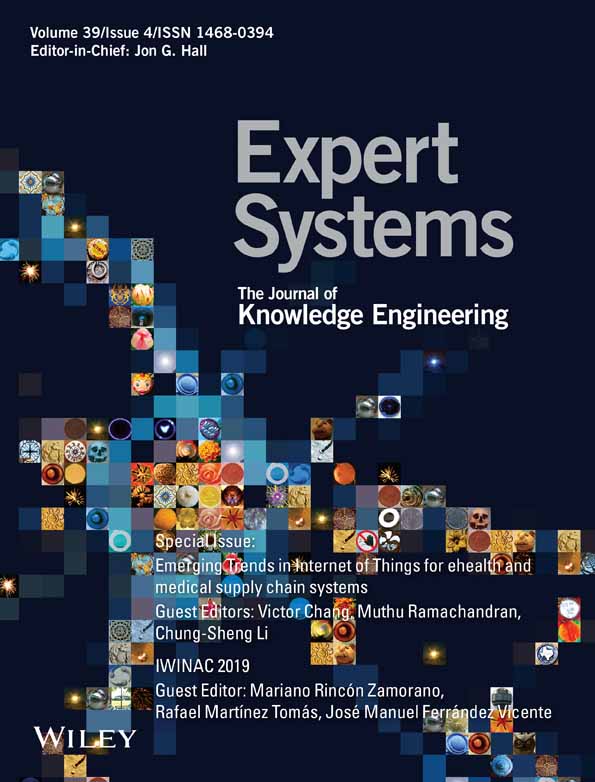A hybrid learning approach for the stage-wise classification and prediction of COVID-19 X-ray images
Abstract
Background
The COVID-19 pandemic has precipitated global apprehensions about increased fatalities and raised concerns about gaps in healthcare infrastructure and accessibility the world over. Consequently, the importance of timely prediction and treatment of the disease to reduce transmission and mortality rates cannot be emphasized enough. Various symptoms of the disease have been identified as it progresses from the time it is contracted. COVID-19 has been found to internally affect the lungs, and the four progressive stages of the infection can be categorized as mild, moderate, severe, and critical. Therefore, an accurate analysis of the current stage of the disease that can help predict its progression has become critical. X-ray imaging has been found to be an effective screening procedure for predicting the various stages of this epidemic. Although many different approaches using machine learning, as well as deep learning were utilized to predict and classify diseases in general, till date, such an approach has not been used to predict the various stages of COVID-19 by using X-ray imaging to identify and classify those stages.
Materials and method
The proposed hybrid method used three public datasets for its implementation. In this work, extensive images were used for the purposes of testing and training. The dataset-1 consists of 1200 COVID-19 as well as 1200 Non-COVID-19 images, while dataset-2 used 700 COVID-19 as well as 700 Non-COVID-19 images, and finally, dataset-III utilized 1900 COVID-19 as well as 1900 Non-COVID-19 images for purposes of testing and training. The proposed work undertook the task of pre-processing using textual and morphological features, while the segmentation and prediction of COVID-19 as well as Non-COVID-19 images were undertaken using VGG-16 with light GBM for better prediction and handing of huge datasets, and finally, the classification of the various stages of COVID-19 images was performed using Deep Belief Network.
Results
The outcomes of the proposed work were subjected to several iterations which were then compared using different parameters such as accuracy, specificity, and sensitivity. In general, the prediction and grouping of the various stages of COVID-19 by using affected images were found to be 99.2%, 99.4% and 99.5%, respectively. The bacterial pneumonia prediction rates were observed to be 98.5%, 99.4% and 98.3%, respectively. The average classification of the stages were found to be 98.1%, 98.6% and 98.3%, while the combined multi-classification prediction rates were observed to be 98.6%, 99.1% and 98.7%, respectively.
Open Research
DATA AVAILABILITY STATEMENT
All the data are fully available in the manuscript.




